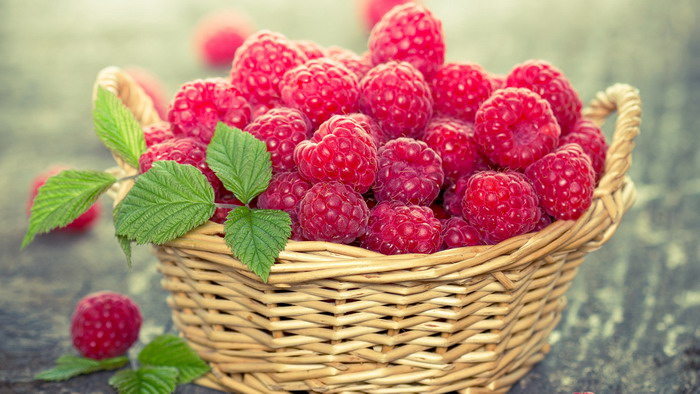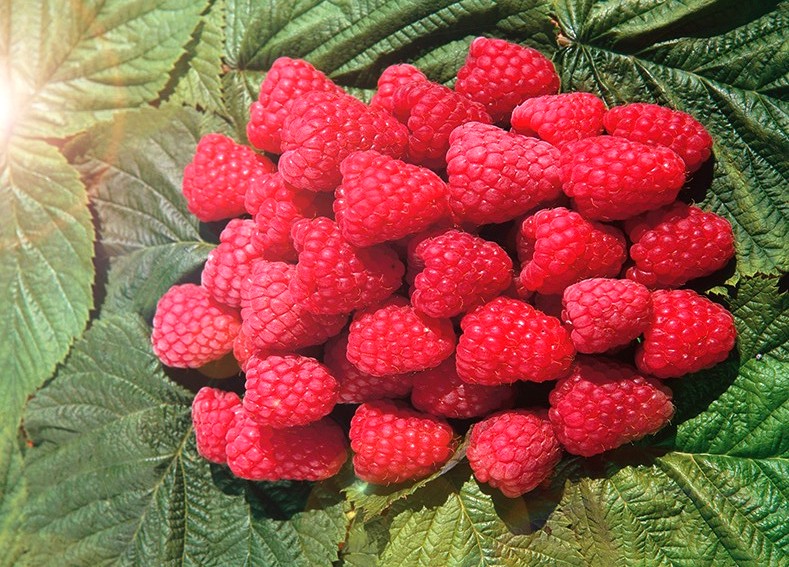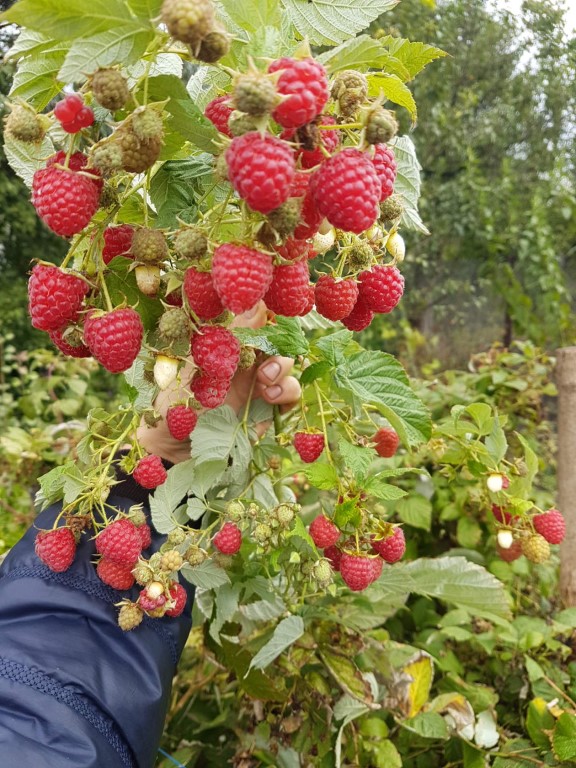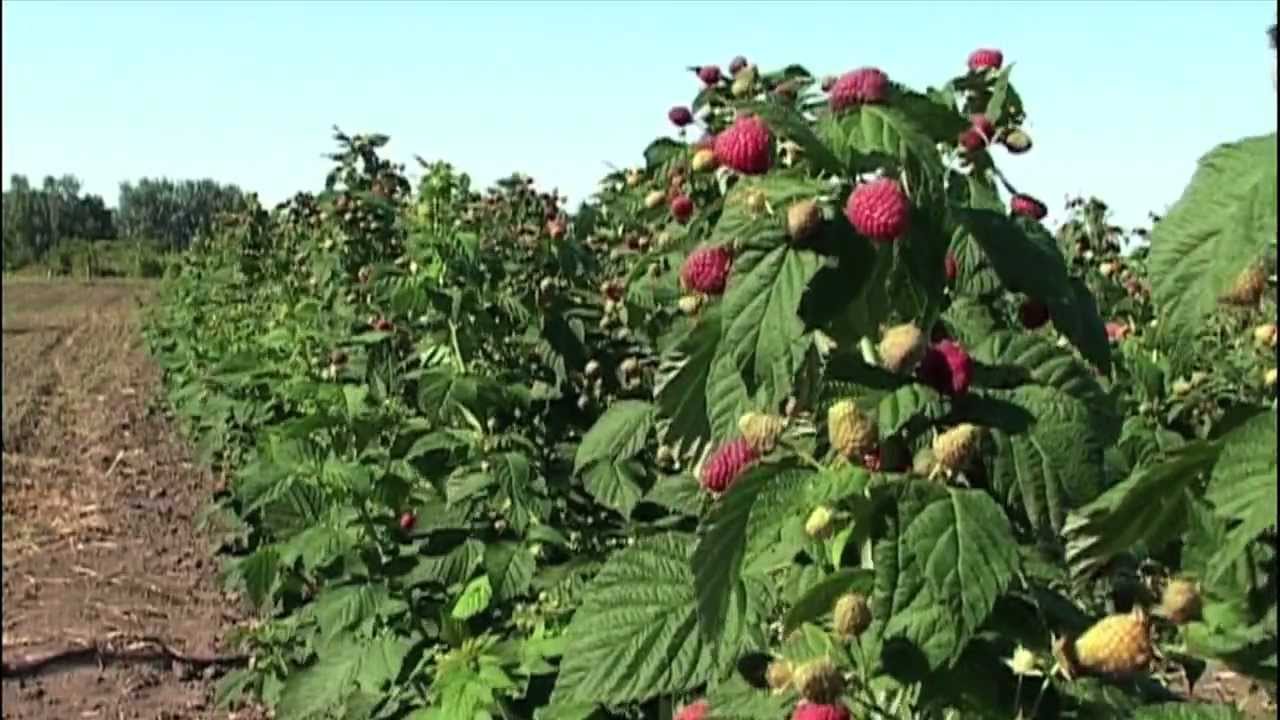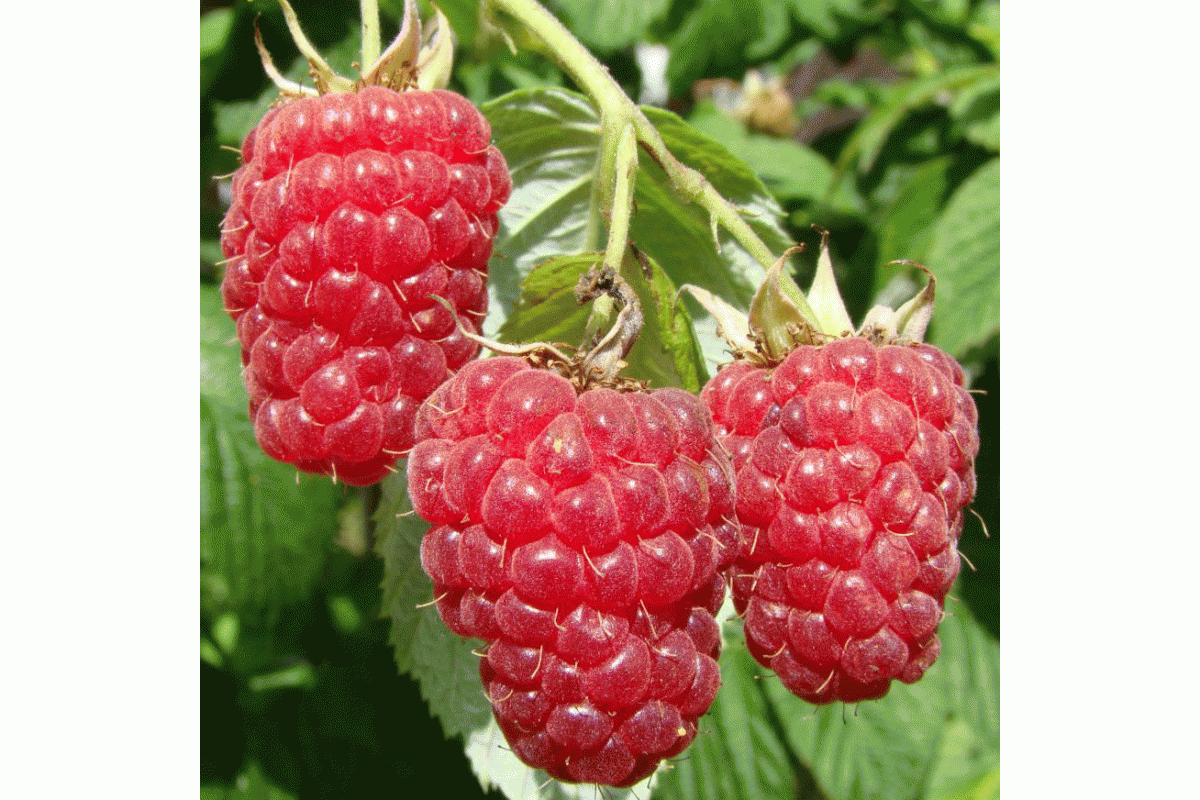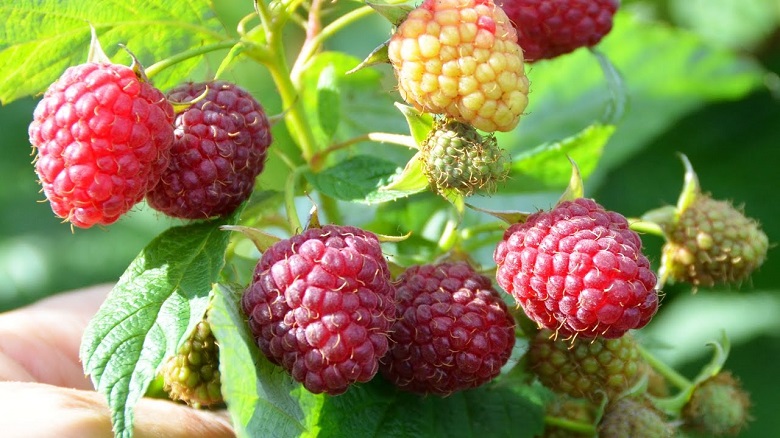Content:
Among the gardeners of central Russia, the raspberry Gusar, which is rightfully called the golden variety, is becoming increasingly popular. But to get good yields, this berry will have to pay a lot of attention.
Features and characteristics of the variety
This raspberry has many advantages that make it attractive for both amateur gardeners and industrial farmers.
Description of the raspberry Gusar variety confirms this:
- the bush is tall and spreading, reaching a height of 1.5 to 2.5 m;
- young stems are colored red, biennial ones are brown;
- on waxed shoots, soft, with a purple base, thorns are placed only on the lower part, which makes harvesting comfortable;
- shoots of a plant of medium intensity - maximum 10 replacement stems, up to 8 root suckers;
- fruiting branches are evenly distributed along the entire length of the shoot, which contributes to a high yield;
- slightly pubescent, slightly twisted wrinkled leaves of a dark green color are framed along the edge with sharp teeth;
- raspberry red Hussar gives bright ruby shiny berries of a blunt-conical shape;
- the average weight of large fruits ranges from 3-3.5 g, but with proper agricultural technology, you can get a berry from 5 to 10 g;
- high yield attracts gardeners - about 3.6 kg (or 3.5 tons per hectare) are taken from one plant;
- the berry is valued for its pronounced sweet taste with pleasant sourness and a persistent raspberry aroma;
- a distinctive feature of the variety is resistance to most raspberry diseases;
- Hussar tolerates droughts and frost-resistant;
- ripening of berries on biennial shoots occurs at the beginning of July, the harvest lasts until the end of August;
- planting time is preferable in autumn, but sprouts can be planted in spring.
Raspberries are good in any form and are recommended not only for making delicious ruby jams, they behave very well in freezing without losing their shape.
Note! The variety is prized for its high content of ascorbic acid (up to 37 mg), which makes raspberries useful for strengthening the immune system.
In addition to the advantages, the variety has disadvantages that should not be ignored:
- fruits are too soft to be transported over long distances;
- berry requires fast processing, because due to loose pulp, it is not stored fresh for a long time;
- large areas need to be allocated for plants, which limits the breakdown of the berry plant in a small summer cottage;
- despite the frost resistance, the root system will have to be carefully covered for the winter.
Some summer residents ignore the large-fruited Husar raspberry because it needs careful care. But the effort spent on cultivation will pay off with a large harvest of delicious fruits.
Care features
Raspberry remontant Hussar will become a real decoration of the summer cottage if the gardener makes a lot of effort to breed a berry. Only strict adherence to agricultural technology will allow you to achieve a high yield.
Choosing a seat for landing
The hussar variety feels comfortable on sandy loam or loamy soil with a neutral pH level. To improve fertility, it is best to use cow dung and wood ash.
As for the illumination of the site, the raspberry of this variety does not like direct sunlight, but strong shading does not suit it either. You need to choose something in between, also protecting the berry from drafts.
Therefore, elevated areas are excluded immediately. But low areas are also harmful - the close location of groundwater will lead to decay of rhizomes. An excellent option would be a place near the fence on the south side of the site if the fence exceeds the height of the bush. The southwest side of the house or outbuildings is also suitable.
Landing
The plot is prepared a month and a half before planting the seedlings. Stumps are uprooted, excess growth is removed, fertilizers are dug up and scattered. Now you can decide on the planting method: bush or belt. The depth of the pits or trenches is made about 35 cm, and the width is at least half a meter, so that the roots are freely located in the ground.
Manure and complex mineral water are spread on the bottom, which are sprinkled with a layer of earth so that the roots do not come into contact with fertilizers. Before lowering the seedlings into the ground, the soil is watered abundantly.
Planting bushes is carried out according to the following scheme:
- in a trench, seedlings are installed at a distance of 0.7-1 m from each other;
- with the bush method, this gap is maintained within one to one and a half meters.
The row spacing in both cases must be at least one and a half meters. The seedlings are buried in the ground so that the root collar protrudes 2-3 cm above the surface or is at the same level with the soil.
Important! After digging, the bushes need mulching with peat, humus or black soil.
Watering
Despite the ability to withstand drought, the varietal raspberry is picky about watering. When it is too hot, irrigation is carried out more often than usual. But you should not be zealous either - the roots do not like an excess of moisture.
Trimming
This type of remontant culture is not complete without pruning. The hussar is growing quite actively, so every month you will have to remove excess growth, cutting it to the very root. But it is not recommended to touch the tops of fruiting stems, giving them the opportunity to freely reach their growth.
Garters
Gardeners who grow the variety by the bush method try not to tie up raspberries, but with tape planting, you cannot do without a trellis in order to avoid thickening of the branches. The garter will provide access to sunlight to the berries, it is also necessary for airing the bushes.
Note! Even when planting in pits, it is still recommended to use a trellis to make life easier for the plant. The stems, abundantly covered with large fruits, constantly bend to the ground, this can lead to decay of the berries.
Harvesting is easier when the branches are tied up. The support can be either one- or two-lane. A fan-shaped trellis is convenient, giving the berry a decorative effect. If 2 rows of wire are used, the lower one is located at a height of 0.6 m from the ground, the upper one is one and a half meters.
Top dressing
Raspberry variety Gusar is not very demanding for additional nutrition. In addition to the fertilizers that are applied during planting, the bushes are fed with nitrogen-mineral complexes a couple more times: in early spring and during the flowering period. At the time of the ovary, mineral fertilizer is applied without the presence of nitrogen.
Reproduction
This variety is easily propagated by cuttings from young shoots. 3-4 centimeter branches should contain at least 3 young leaves. Reproduction begins with rooting. To do this, cuttings collected in bunches are placed in containers filled with peat and humus. After 15-20 days, the sprouts can be safely planted in a permanent place, observing all planting rules.
Pests
The Gusar variety copes well with diseases, but raspberry pests are often annoying. The most harmful insects are listed in the table below.
Raspberry Pests Hussar
| Name | Damage caused | Measures |
|---|---|---|
| Raspberry stem fly | Its clutches can be seen on the leaves of the plant. The larvae eat away young shoots, leading to the complete drying of the plant | The bushes are treated with a special solution that can be purchased at the store |
| Crimson beetle | Eats leaves and buds, depriving gardeners of crops | Here you will need pesticide prevention, which is carried out in the spring. Weeding the grass around the bushes is mandatory |
| Gall midge | The earliest pest that consumes the bark of the stems. Various damages on the shoots will tell about his presence | It is useless to fight a pest - chemistry does not take it. To save the rest of the raspberry tree, the affected bush will have to be dug up and destroyed. |
Wintering
Despite the frost resistance, the Gusar raspberries should be covered for the winter, keeping the shoots for the next year's harvest. The branches are bent to the ground, secured with wedges and wrapped in polyethylene. You can also cover it on top with spruce branches if severe frosts and snowless winters are expected.






